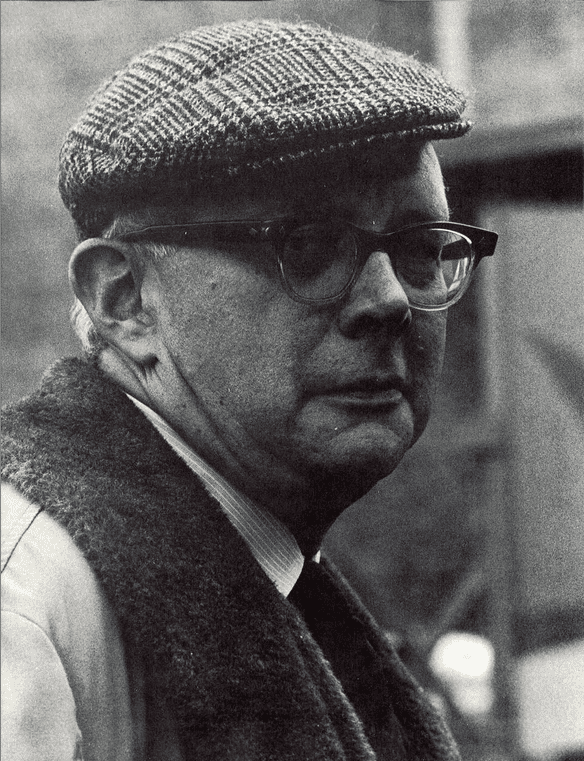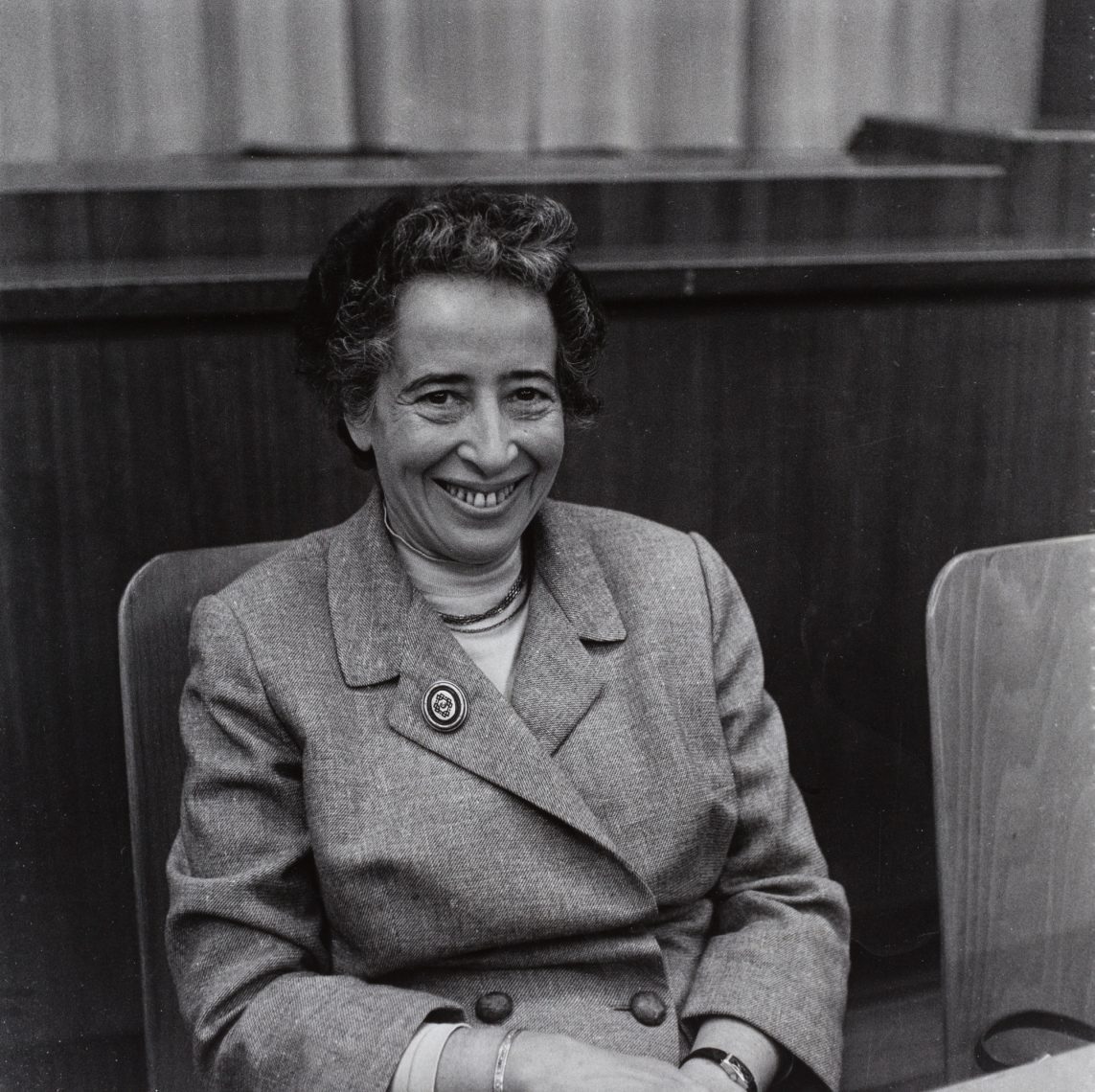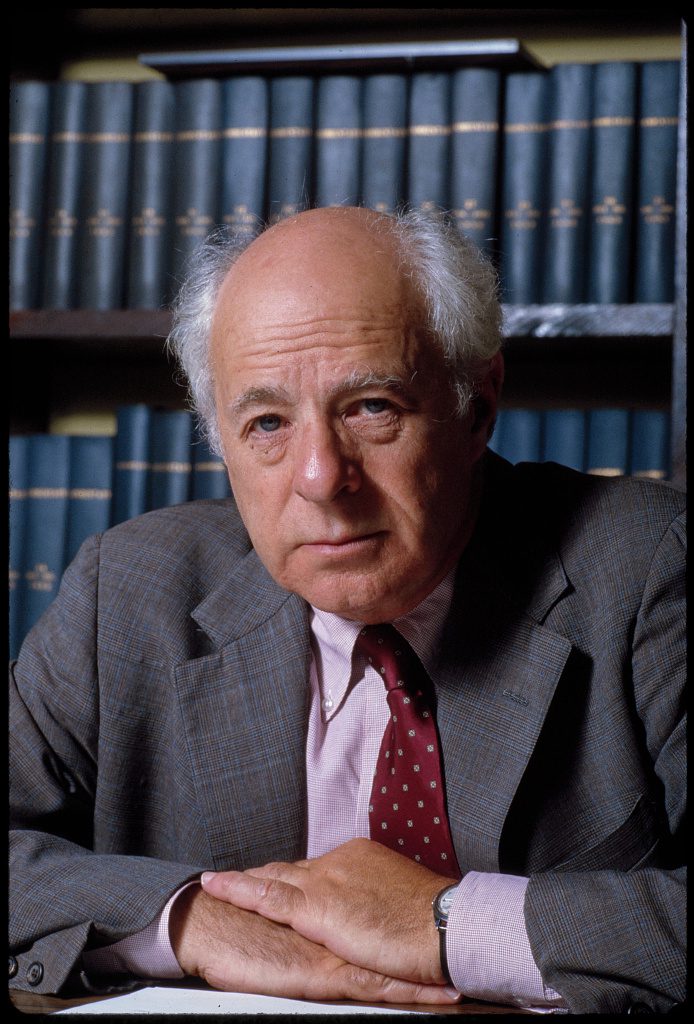“What are the Jewish geniuses up to,” pondered the distinguished American philosopher, William James, as he witnessed throngs of Jewish immigrants crowding into the Lower East Side in Manhattan, New York in the late 19th century. James was a visionary. The interaction between tens of thousands of Jews from villages in the Pale of Settlement – who had suffered centuries of discrimination – and the values of liberty and equality espoused in the land of unlimited possibilities ultimately led to the incredible success story of American Jewry.
A group of intellectual powerhouses – authors, literary critics, philosophers, journalists and researchers – emerged in one of the sequels which that story produced. Most of them grew up in Manhattan’s poor neighborhoods and attended City College of New York. The members of the group, who had a widespread impact on American culture and politics in the 20th century, were subsequently called the “New York Intellectuals.”

In an essay published in the monthly magazine Commentary, which was one of the most impressive undertakings of those intellectuals, Irving Howe, a prominent member of the group, maintained that the first generation of Jewish immigrants who came to the United States were trapped in a dilemma of consciousness and identity, torn between their wish to cling to their roots and tradition and their deep desire to integrate into the melting pot of the American dream. The second generation, who challenged that approach, were the ones who released the valve.
According to Howe, “what made Sammy run was the fact that his father and his father’s father had been bound hand and foot for hundreds of years. Some could say that a certain version of ‘Sammy’ was running around in every one of the New York Intellectuals. Ambitious, free-thinking, and with a sense of urgency to succeed.”
And Sammy did in fact run, and boy did he run. A quick glance at the biographies of the key figures in the group reveals unprecedented social mobility that occurred within just one generation. For example, the father of Norman Podhoretz, the legendary editor of Commentary, was a milkman and their home had no books at all. The father of the renowned sociologist, Daniel Bell, was a garment worker. The father of the literary critic, Alfred Kazin, made his living as a house painter. The parents of the author and laureate of the Nobel Prize in Literature, Saul Bellow, were bakers. And the family of the sociologist, Nathan Glazer, lived in the underprivileged neighborhood of Harlem. (When asked what her son did for a living, Nathan’s mother said that he was “in the pen business.”).

The most accurate characterization of the group of New York Intellectuals was provided by Harold Rosenberg, a well-known Jewish literary critic who wrote for Partisan Review. He called his colleagues in the magazine’s editorial office a “herd of independent minds.” His choice of the word “herd” underscored the traits shared by the members of the group. They were children of poor immigrants, mostly Jewish, and the majority of them had a keen sense of justice. Even though they were brilliant, they were rejected by the academic establishment (“We have room for only one Jewish lecturer,” the literary critic, Clifton Fadiman, was told following his graduation from Columbia University, “and we have chosen Mr. Trilling.”). On the other hand, they were ardent individualists known for their radical thinking, nonconformism, and intellectual passion for nearly every branch of knowledge – whether it was modern art or political philosophy. “They did not expect their lives to yield rewards or honorary degrees other than satisfaction of curiosity, the resolution of artistic conundrums, the clarification of the meaning of life, and perhaps, since nearly all of them were socialists, the pursuit of justice.” That is how the cultural historian, Stephen Whitfield, described them.
The New York Intellectuals were an active group between the 1930’s and the 1970’s. The first generation included prominent figures such as the eminent philosopher, Hannah Arendt, as well as Philip Rahv and William Phillips, the founding editors of Partisan Review, which was an avant-garde magazine that had connections with the Communist Party in its early years. Over time, it turned into the group’s first important undertaking – mostly because it became a sharp critic of the Stalinist regime. That continued to such an extent that later on, with the advent of the Cold War between the United States and the Soviet Union, the magazine was even supported by the CIA.

“I read each article at least twice, in a state of awe and exasperation – excited to see such elegance of style and profundity of mind,” Irving Kristol recalled. Kristol, who was later known as the “godfather of neoconservatism” in America, was one of the figures most associated with the group in its later incarnations. The art critic, Hilton Kramer, noted the great importance that the magazine had for the members of his generation in the beginning of the 1950’s: “Partisan Review was an essential part of our education. It gave us an entrée to modern cultural life – to its gravity and complexity and combative character. It conferred an air of intellectual urgency.”
The second generation of the New York Intellectuals featured additional names such as the sociologist, Daniel Bell, the historian, Gertrude Himmelfarb, and the aforementioned Irving Kristol. After his death, Kristol was described by the Daily Telegraph as being “perhaps the most consequential public intellectual of the latter half of the twentieth century.”
The third and last generation included figures such as the Pulitzer Prize winner and acclaimed contemporary American author, Philip Roth, as well as the two “Normans” – Norman Mailer, the author and two-time recipient of a Pulitzer Prize who was known for his exhibitionism, and Norman Podhoretz, the journalist and literary critic, who was editor of the monthly magazine Commentary for 35 years and became a leading ideologue of neoconservatism. All of them exchanged intellectual blows in the major literary forums of the period: Commentary, Partisan Review, The Paris Review and the legendary New York Times Book Review.

In the 1960’s, due to their disappointment with the anti-establishment movement in America and their opposition to New Left ideology, some key members of the group, including Podhoretz, Kristol and Howe, started abandoning the socialist left and moved in the direction of the neoconservative right. The shift also reflected a turnaround in their overall mindset. They went from embracing a universal paradigm that had shaped their thinking to acknowledging the “return of the repressed” – namely, their Jewish identity. Irving Kristol, for example, did more than underscore the social utility offered by religious institutions. He also became the official spokesman for Judaism. Irving Howe devoted his energies to bringing treasures of Yiddish literature to anglophone audiences, and in 1976 published his monumental work World of Our Fathers – a spectacular epic that tells the story of how Jewish immigrants integrated into American society.
Partisan Review began publishing a series of stories about the Jewish shtetl (village) in Eastern Europe that were written by Isaac Bashevis Singer, who later won the Nobel Prize in Literature. Research studies dealing with various aspects of rabbinic literature assumed a prominent place in the leading periodicals which members of the group regularly contributed to. “To be a Jew is to be part of a community woven by memory – the memory whose knots are tied by the “yizkor” (remembrance)…the continuity with those who have suffered,” wrote the sociologist, Daniel Bell, when explaining the ideological about-face that occurred among his friends.
The new exhibition at ANU-Museum of the Jewish People in Tel Aviv displays the stories of many of the New York Intellectuals, who are an integral and critical part of the amazing story of American Jewry.